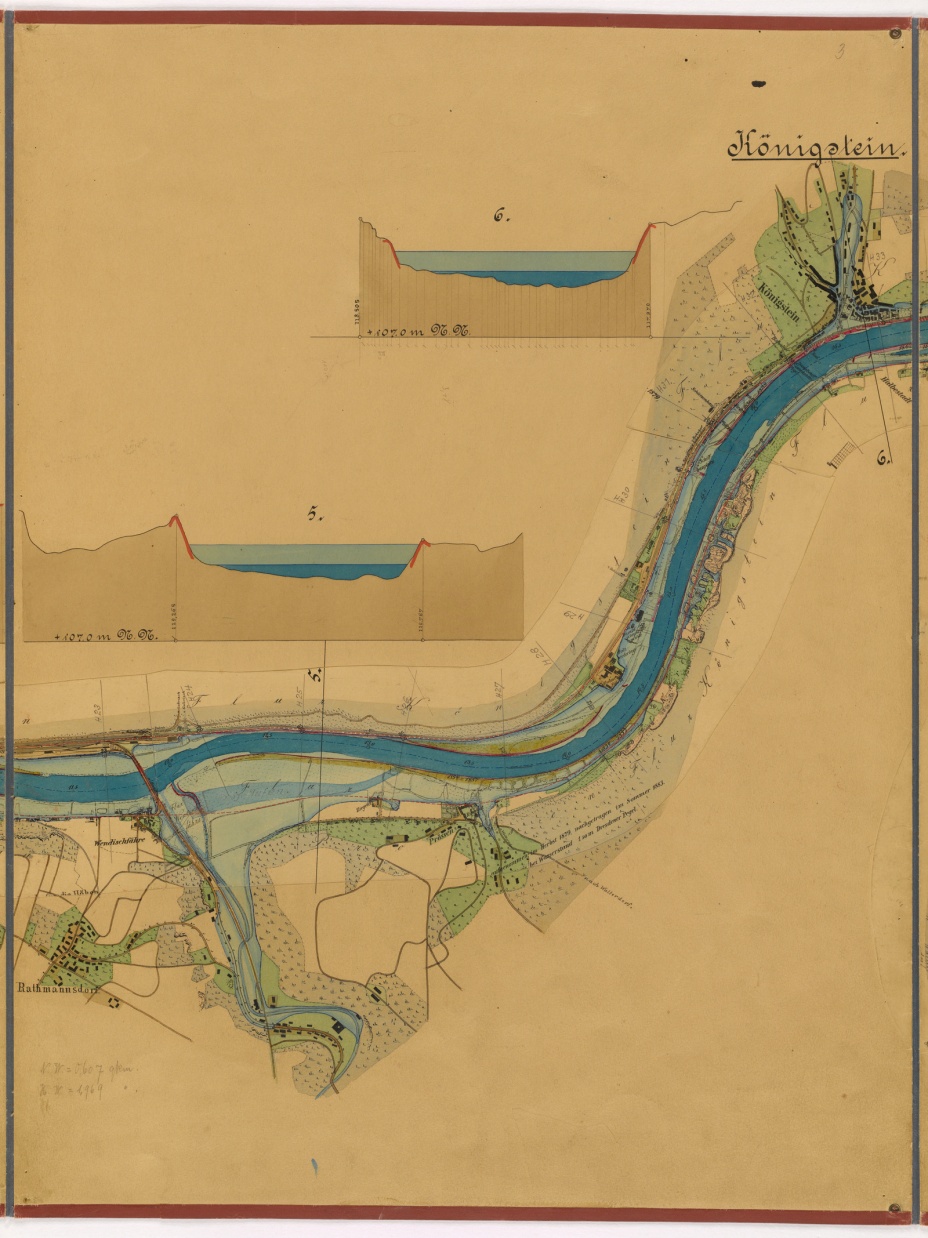Learning from past disasters
Contributed by Pavel Raška, J. E. Purkyně University in Ústí nad Labem, Czechia
When I was asked to write a post to the HEPEX blog about the use of historical experience in current flash flood risk reduction, I firstly thought that it does not fit into the scope of forecast and modelling issues discussed herein. But then I found the posts that highlight the role of local-base knowledge in impact-based modelling (see here) and the importance of human factor in forecasting (see here), accidentally both written by Czech hydrometeorologist Jan Danhelka, and I realized that the human role in flood risk reduction may be a good starting point for this post.
Social action to prevent local impacts of a catastrophic event
The discourse about the optimal prevention measures as a part of complex risk reduction strategies has been changing since the 1980’s, with increasing emphasis given to social action at different levels (e.g., adoption of private mitigation measures, vulnerability mapping and implementing new institutional frameworks). The frequent dichotomy of approaches is apparent in research and practice, while searching for optimal structural measures based on hydrologic modelling (hazard-based approach), on one hand, and improving the social resilience of affected communities (vulnerability-based approach), on the other.
Social vulnerability of a community is among the key factors that influence the local impacts of a catastrophic event. Although being a complex term, most studies identify the social, demographical, and economical indicators together with experience of individuals with extreme events as fundamental in mapping the differential impacts of potential events. However, these results have been gained mainly from current studies on flood risk perception (e.g., Bubeck et al. 2012), and they do not explicitly consider the long-term effects of learning at a community scale.
Besides the individual (or cognitive) learning realized in order to better prevent oneself from possible impacts on his or her life, the organizational learning (figure 1, below) seems to be crucial in our understanding of:
- how do communities develop their ability to reduce risks,
- what local-based strategies and practices did they employ to protect themselves,
- how did they pass the experience to future generations.
Figure 1: Tentative sketch of the two basic kinds of learning process related to past disasters. (Source: According to author)
Several studies have shown that the past communities and societies often developed very efficient measures to flood risk reduction (e.g. case of Elbe River in Saxony by Poliwoda 2007, Aus Katastrophen lernen). Moreover, archival data include extremely broad source of information about both social impacts of past floods and measures adopted by historical communities (see example in figure 2). Notwithstanding, such research approach has only slowly been expanding into the geoscientific community, where the historical accounts are rather used to create the parametric time-series.
Figure 2: Map of the Elbe River channel in Saxony (near Königstein) with water level situation during the Autumn 1890 flood. By F. Rilke. (Source: Sächsische Landesbibliothek – Staats- und Universitätsbibliothek Dresden)
The relevance of research on historical disasters is of primary interest in regions that were affected by manifold cultural, political and economic changes, resulting in disruption of loss of previously gained experiences. Surprisingly, this approach may also help to understand why various communities do perceive forecast and warning messages differently.
This is the case of many post-communist countries, for instance, where the historically developed local-based strategies have been obscured, or even lost, because of the strong accent given to centralization of government during the communist regime in the second half of the 20th Century. The re-establishment of former community-based approaches to flood risk reduction after the fall of communism in 1990s is very slow and needs to be supported with particular examples from the past.
Social responses to flash floods: a study in Northern Czechia in 1927
For this reason and to illustrate the relevance of the learning-from-the-past approach for current risk reduction, we carried out a pilot study focused on social responses to flash floods in Northern Czechia during the first half of the 20th Century (Raška and Brázdil 2015; see the study here). The detailed analyses for a catastrophic flash flood in 1927 was carried out by combining the meteorological data with wide set of iconographical (photos, maps) and written (e.g., investigation protocols, local newspapers) records.
Figure 3: Self-help, community help and army-corps help after the flash flood in 1920s in Northern Czechia. (Source: Photoarchive of the regional museum)
Our results have shown that there existed well-established multilevel participation approach in flash flood impacts reduction. The approach integrated locals, communities, regional companies, and regional and national authorities in searching for the best ways to investigate the flash flood impacts and to prepare the prevention and mitigation measures for the potential future events.
The research has also admitted certain limits in this historical case and we are careful in idealizing the historical approaches. Yet, some clear suggestion could be made for the current flash flood risk reduction. Besides the locally-relevant suggestions, the general results indicated that although the particular measures from the past are commonly used in present days, the responsibility of different institutional levels for these measures differs:
- a cohesive community with shared past experiences of disaster reduction measures and operation needs to exist,
- a participatory approach to risk management at the regional level needs to be in place, involving both policy makers and the public, and
- the adoption of individual private mitigation measures such as insurance and household-related adaptations must be required for effective risk reduction.



0 comments